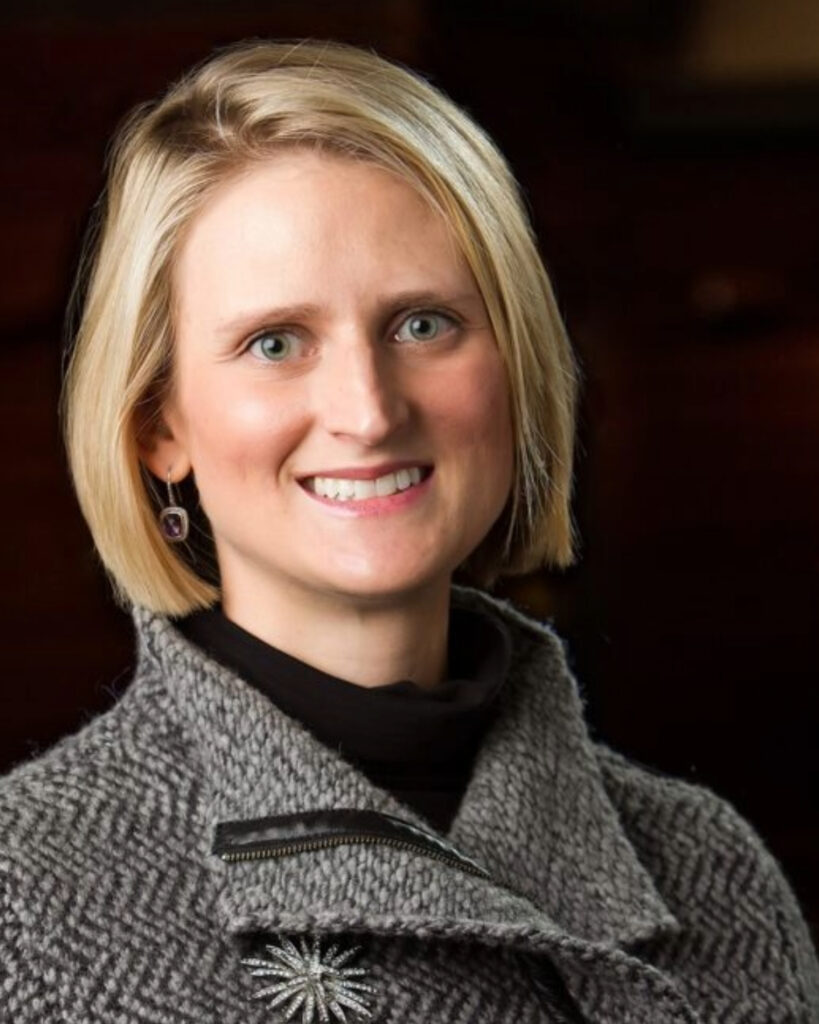Great Salt Lake's mystery islands
July 10, 2025
Above: Great Salt Lake
U geologists are investigating phragmites-covered mounds that reveal spots where ancient groundwater reaches daylight.

A helicopter lifts off from Antelope Island carrying electromagnetic survey equipment for a geophysical data-gathering mission over Farmington Bay in February 2025. Photo credit: Brian Maffly.
As Great Salt Lake’s levels continue to sag, yet another strange phenomenon has surfaced, offering Utah scientists more opportunities to plumb the vast saline lake’s secrets.
Phragmites-covered mounds in recent years have appeared on the drying playa off the lake’s southeast shore. After several years of scratching their heads, University of Utah geoscientists, deploying a network of piezometers and aerial electromagnetic surveys, are now finding out what’s going on under the lakebed that is creating these reed-choked oases.
Bill Johnson, a professor in the Department of Geology & Geophysics, suspects the circular mounds have formed at spots where a subsurface plumbing system delivers fresh groundwater under pressure into the lake and its surrounding wetlands.
“Water in the lake has spent a significant time underground on its way to the lake. But where that happened, we don’t know,” said Johnson during a recent visit to one of the mounds, a research site known as Round Spot 9. “Did that happen somewhere in the uplands where the water spent time in the ground and emerged in the stream before going to the lake? Or was it transmitted directly to the lake?”
On this day, Johnson and graduate student Ebenezer Adomako-Mensah were checking piezometers they had installed there last year to record underground water pressures at various depths and locations around the island.
In February 2025, Johnson hired a Canadian firm, Expert Geophysics, to conduct airborne electromagnetic surveys over Farmington Bay using a circular device hanging under a helicopter. The pilot flew a grid pattern over the bay, collecting data that will help locate freshwater deposits lurking under the lakebed.
The equipment generates current in the loop, which transmits a frequency deep into the lakebed below. A receiver suspended in a ball at the center of the hoop records the electromagnetic signals bouncing back.
“It’ll give you a spectrum, basically, of magnetic fields, and we’ll use that data to create a 3D image of what’s under the earth,” said Jeff Sanderson, a crew leader with Expert Geophysics.
As low lake levels persist, the lakebed will increasingly serve as a source of wind-blown dust affecting Utah’s population centers. Ongoing research by U atmospheric scientists suggests that the disturbed lakebed crusts that keep sediments in place can be regenerated when they are submerged.
One goal of Johnson’s research is to determine whether the groundwater can be tapped to restore broken lakebed crusts, thereby reducing dust pollution.
“It looks like it’s a from a water resource that could be useful in the future, but we need to understand it and not overexploit it to the detriment of the wetlands,” said Johnson, who has served on the Great Salt Lake Strike Team, the university-state agency partnership exploring ways to reverse the lake’s decline.
Armed with new data, Johnson secured preliminary funding from the Utah Department of Natural Resources to investigate to characterize this underground water resource. The research team, which includes other senior geology faculty, including Kip Solomon, Mike Thorne and Michael Zhdanov, is seeking to discover the breadth and depth of the freshwater under the lake.
For example, Solomon’s lab is using isotope analysis to determine the age of the groundwater and its recharge elevation, or where it originated in the mountains. Thorne is constructing on-ground resistivity profiles. And Zhdanov and Michael Jorgensen are processing the electromagnetic data gathered in the airborne geophysical surveys to construct a 3D image of the subsurface beneath the lake.
“We hope to map out the boundary between fresh water and salt water, and find the location of freshwater springs that are discharging groundwater into the lake,” said Solomon, who is scheduled to present preliminary findings this week at the Geochemical Society’s 2025 Goldschmidt conference in the Czech Republic.
For Johnson, the groundwater mystery began several years ago when he was traveling Great Salt Lake’s North Arm by airboat and observed something strange. Water and gas were roiling the surface in a circle about twice the size of the airboat, suggesting that groundwater was rushing under pressure into the lake at that spot.
Johnson dropped a 30-foot depth gauge into the swirl, but it failed to hit the bottom of the shallow lake.
Read the full story by Brian Maffly in @ The U.















